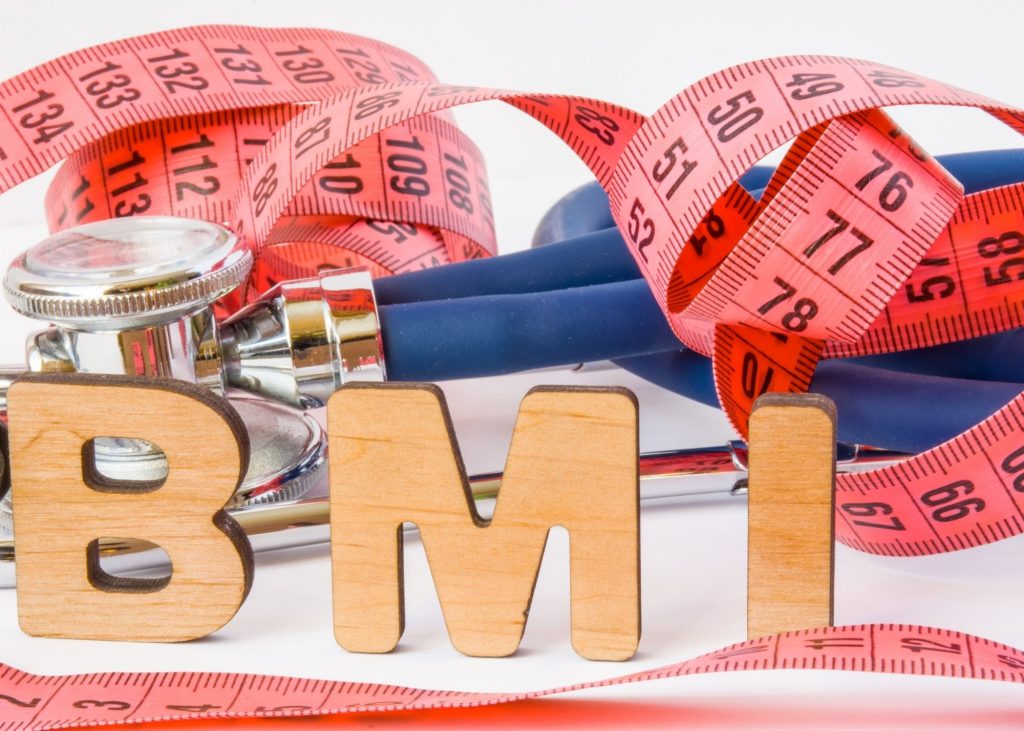
Overview
- BMI is a health tool to determine if individuals are within a healthy weight range
- If their weight places them at higher risks for health issues
- Heart disease and cardiovascular disease is associated with those who are overweight
BMI Overview
Body mass index or more commonly known as BMI, is one of the most searched terms in health and fitness. But what does it mean and why should you pay attention?
BMI is a measure that health professionals use as a standardized tool to determine if an individual is within a healthy weight range for their height. This measure has been used by health professionals for over 100 years and is widely accepted in classifying whether individuals fall in the underweight, healthy weight, overweight or obese range, and in turn determine the health risks associated with being in the underweight, overweight or obese range.
There are however limitations of this tool, as it does not give an indication of the amount (mass) of fat or lean muscle an individual has and does not take into consideration different body sizes. For example, athletes who use this tool may be categorised as being in the overweight BMI range due to their high muscle mass, even though they have very little body fat. Hence, even though they may have a BMI in the overweight range, they would not be associated with greater health risks.
BMI is calculated by taking an individual’s weight in kilograms and dividing it by their height in meters squared – that is weight (kg) / height (m2).
For example:
An individual with a weight of 67 kg and height of 170 cm (1.70m), would have a BMI of 23.2 kg/m2.
67kg / (1.70m x 1.70m) = 23.2 kg/m2
Alternatively, you can use our online BMI calculator
What does my BMI mean?
You have now completed the BMI assessment. You will fall into one of four categories:
- Underweight – Less than 18.5 kg/m2
- Health weight – 18.5 – 24.9 kg/m2
- Overweight – 25.0 – 29.9 kg/m2
- Obese – 30 kg/m2 and over
Underweight (BMI Less than 18.5 kg/m2)
While much of the research has focused on individuals in the overweight / obese BMI range, research shows that there are health risks associated with being underweight. Those who are underweight have greater risk of heart or cardiovascular disease, including stroke, heart attack and coronary artery disease, decreased immune function, respiratory disease, digestive disease, fertility issues, cancer and osteoporosis.
Healthy weight (BMI 18.5 – 24.9 kg/m2)
Being in the healthy weight range is fantastic and is what we should aim to achieve. Keep going and think about how else you can do to improve or maintain your health. Some goals may include increasing flexibility, improving strength and cardiovascular fitness.
Overweight / obese range (BMI 25.0 kg/m2)
Overweight / obesity refers to the amount of excess body fat, it has become a major health problem in our community due to its association with health risks. The amount of excess fat, as well as where it is distributed around the body is important to take notice of.
There are many health risks associated with being overweight / obese including:
- Heart disease or cardiovascular disease which includes, coronary heart disease, heart attack and stroke
- Hypertension, that is increased blood pressure
- High cholesterol
- Type 2 Diabetes
- Osteoarthritis
- Gastrointestinal abnormalities
- Sleep apnea and Sleeping problems
- Quality of life
- Certain types of cancers
I Have My Results – Now What?
The simple answer is to try to either gain weight or lose weight, depending on where you are on the BMI scale. Being in the underweight or overweight range have both short-term and long-term implications. If you do find yourself outside of the healthy weight range, all is not lost and with consistent effort and the right strategy you can move yourself towards the healthy weight range.
References
- Segula D. (2014). Complications of obesity in adults: a short review of the literature. Malawi medical journal : the journal of Medical Association of Malawi, 26(1), 20–24.
- Park, Donghwi MDa; Lee, Jong-Hak MDb; Han, Seungwoo MD, PhDb,* Underweight, Medicine: December 2017 – Volume 96 – Issue 48 – p e8769 doi: 10.1097/MD.0000000000008769
- NHLBI. 2013. Managing Overweight and Obesity in Adults: Systematic Evidence Review from the Obesity Expert Panel
- Roberts, Robert E., et al. “Prospective association between obesity and depression: evidence from the Alameda County Study.” International journal of obesity 27.4 (2003): 514-521.
- Luppino, Floriana S., et al. “Overweight, obesity, and depression: a systematic review and meta-analysis of longitudinal studies.”Archives of general psychiatry 67.3 (2010): 220-229.
GET IN TOUCH
GET IN TOUCH
Contact Us
TIER 1 TRAININGSydney CBD,
Inner West & Ryde
Australia
Fill in and send the form below with regard to your inquires.